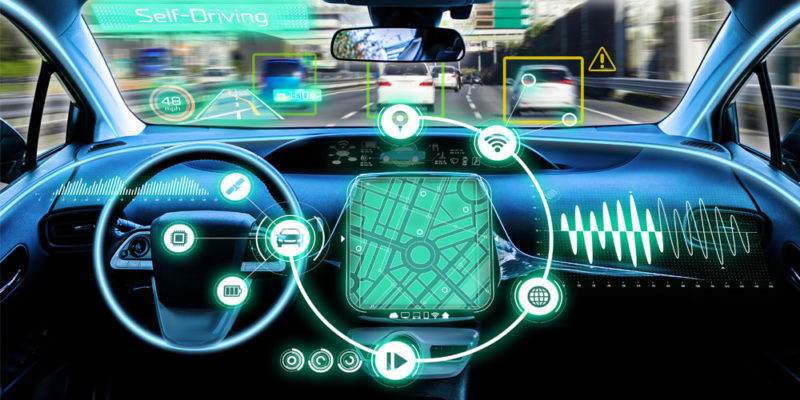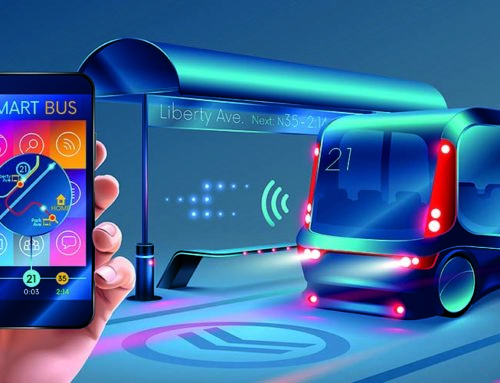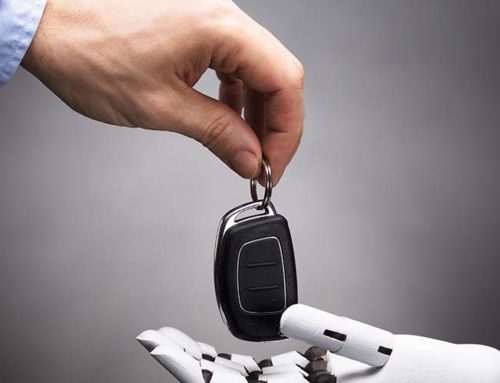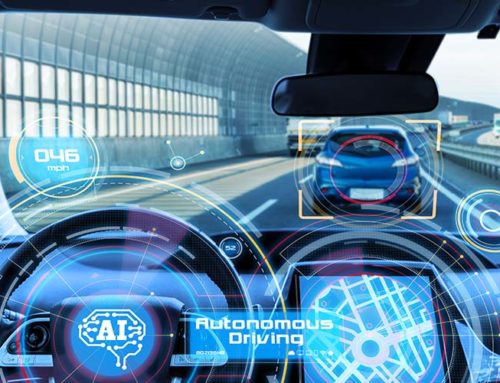There is no denying that the transportation of people and goods around the world is dramatically changing due to a range of uniting technological and social trends.
While there is still a long way to go, the new ecosystem of mobility has been introducing game-changing solutions to make getting from point A to point B quicker, cheaper, cleaner, safer, more reliable, and more customized. Unlocking the potential of this new mobility ecosystem and raising public awareness about it are in fact primary rationales for staging the Dubai World Congress for Self-Driving Transport, a 2-day global conference on autonomous transport.
With this transition, more and more companies and individuals are pushing for a significant shift away from privately owned, driver-operated vehicles and towards shared, artificial intelligence (AI)-operated, driverless vehicles.
However, AI can do more than just drive these future vehicles. It can also keep drivers safe and connected, even before we give up the actual act of driving.
Here are four ways AI is shaping the future of mobility.
1. By leading the development of self-driving cars
First and foremost, AI technology is shaping the future of mobility by leading the development of self-driving or autonomous vehicles. Around the world, there is a remarkable rise in popularity for electric vehicles which, when blended with the development of the sharing economy, has brought to life ride-sharing firms such as Uber and Lyft and progressions in artificial intelligence. This creates the ultimate environment and focus for technology that combines a robot driver with an electric car.
The reason that AI is leading the development of self-driving cars is that in order to be successful, these autonomous vehicles need to do more than just follow a set of rules or an algorithm. Instead, they have to learn, which requires AI.
Obviously, the stakes are incredibly high for this type of AI technology, which is why companies are still working on perfecting the code and creating the computing power. Right now, the idea is to have powerful computers and graphics processing units in the trunk of the car to process all the data that the car is receiving.
Out of all the companies that are working on this type of technology, Google and Tesla are the most popular names that often come up, although reports also name Baidu (nicknamed “China’s Google”) as well as traditional automotive manufacturers General Motors, Volkswagen, Volvo and Ford as major players.
2. By making driving safer
While there is still a long way to go until everyone is utilizing a self-driving car, AI is starting to impact the future of mobility by making driving safer. Currently, AI is being developed to work inside a car to help make the ride safer for all those in the car and on the road.
For example, by adding sensors and cameras to the outside of the car, this AI-driven technology is improving safety as it can provide an audible warning about traffic or alert the driver of other road-related occurrences. After all, human error is responsible for around 94% of car crashes.
There is also AI technology that enables a car to read lips so that it can comprehend what the driver is saying needs to be done – even when moving through a noisy environment. These front-facing cameras that are installed in the car can also identify who is in the vehicle and follow the driver’s eye movements to discern if he or she is tired or distracted.
3. By enhancing predictive maintenance
With predictive maintenance, AI observes hundreds of sensors, which enables it to identify problems prior to them affecting vehicle operation. As the AI watches thousands of data points, it can rapidly spot small changes that potentially symbolize an imminent component failure — this is game-changing for the automotive industry and everyone who owns a car.
Self-driving AI cars need to access a lot of data to be able to function correctly, which is why the application of artificial intelligence cloud platforms is needed to guarantee that data is accessible when required. In addition to predictive maintenance, these AI cloud services can also extend to individualized marketing.
4. By developing individualized marketing
Additionally, for businesses in all industries, these AI-based cloud platforms in cars are an exciting development in marketing practices as they render the perfect way to target an engaged audience of qualified potential customers – in other words, precisely what you want for your advertising efforts.
As the AI will be connected to big data, the vehicle systems can be employed to recommend products and propose services to their drivers based on an extreme amount of data.
For example, if a driver has just posted on social media about needing a new suit, then he or she can be informed of a sale at a department store while driving around the city. Meanwhile, nearby gas stations can automatically be suggested as soon as the gas level drops. Alternatively, the driver’s coffee-drinking habits can direct the vehicle system to propose a related establishment on the next journey.
In other words, having AI in vehicles helps the system to understand the driver’s needs more comprehensively and want to help serve them while they are on the road. If you are interested in learning more, consider purchasing Dubai World Congress for Self-Driving Transport tickets.
What do you think of how AI is shaping the future of mobility? Do you see it impacting the industry more or less? Alternatively, how do you feel about AI self-driving cars? Would you feel comfortable driving one? Contact us today to attend the conference.
Congress
A global 2-day conference that will raise public awareness of modern and future transport by identifying the impact of technology on investments and transport strategies.
Exhibition
A cutting-edge exhibition showcasing the future of self-driving vehicles. The Dubai World Congress for Self-Driving Transport Exhibition is the essential place to attain key decision makers’ attention, and to meet your target audience.
Challenge
The first-of-its kind, multi-year international challenge designed for industry leaders, start-ups, and academia tackling the transport challenges faced by global cities.







